1. Most Soldiers Were Young Men
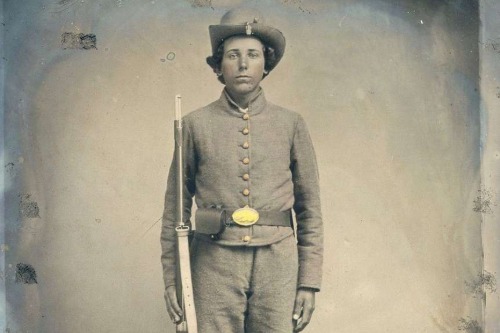
The average Civil War soldier was just 25 years old, but many were far younger—teenagers as young as 16 often enlisted, and some even lied about their age to join. According to the American Battlefield Trust, sometimes boys as young as 12 would fight. These young men came from all walks of life: farmers, factory workers, shopkeepers, and laborers. For many, joining the army seemed like a chance for adventure, a steady paycheck, or a way to escape the monotony of everyday life. Others felt an overwhelming sense of duty to their cause, whether it was preserving the Union or fighting for the Confederacy.
Despite their youth, these soldiers faced responsibilities and challenges far beyond their years. They were expected to learn discipline quickly, march for miles carrying heavy equipment, and adapt to the rigors of military life. Homesickness was a constant companion for many, as was the fear of battle. Yet, camaraderie among soldiers often helped them persevere, forming bonds that were as close as family.
2. Life in Camp Was Boring—Until It Wasn’t

When soldiers weren’t marching or fighting, they spent much of their time in camps, where boredom was a constant challenge, the American Battlefield Trust explains. Days were filled with repetitive drills, chores like cleaning weapons and mending clothes, and the endless task of foraging for food. Letters from home were a highlight, as was any chance to sing songs, play cards, or share stories around the campfire.
But the monotony could be shattered in an instant. Surprise inspections, sudden orders to move out, or enemy raids on camp kept soldiers on edge. Hygiene was another issue—crowded conditions and poor sanitation made disease rampant, and the threat of illness loomed over everyone. Smallpox, dysentery, and typhoid killed far more soldiers than bullets did, making life in camp as dangerous as the battlefield.
3. Food Was Simple—and Sometimes Scarce
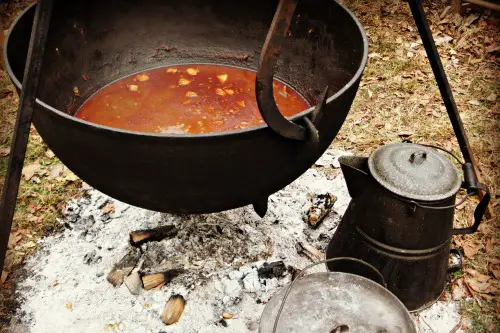
Civil War soldiers didn’t have the luxury of nutritious or varied meals. Rations typically included hardtack (a rock-hard biscuit made of flour and water), coffee, and salt pork, according to the Tennessee State Museum. Fresh vegetables and fruit were rare, which often led to scurvy and other illnesses caused by vitamin deficiencies. Cooking was usually done by the soldiers themselves, over open fires, with limited ingredients.
When supplies ran low, soldiers had to get creative—or desperate. Foraging was common, with soldiers hunting, fishing, or raiding nearby farms for food. Sometimes, soldiers on opposing sides even exchanged coffee for tobacco during unofficial truces. The struggle for food often defined daily life, making mealtime a moment of relief—or frustration.
4. Battle Was Terrifying, Chaotic, and Deadly
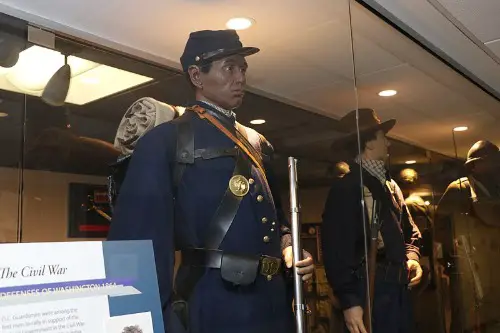
For many soldiers, their first experience of battle was a mix of chaos and fear. The roar of cannon fire, the crack of musket shots, and the shouts of officers and comrades created an overwhelming cacophony. Smoke from gunpowder made it hard to see, while the sight of wounded or dying soldiers added to the psychological toll.
Hand-to-hand combat was brutal and personal, with soldiers using bayonets, knives, or even their bare hands when ammunition ran out. Casualties were often staggering, with some battles, like Gettysburg or Antietam, claiming tens of thousands of lives. Surviving a battle was a relief, but it often came with survivor’s guilt and lingering trauma.
5. Medical Care Was Primitive and Often Fatal

If you were wounded in the Civil War, your odds of survival depended heavily on luck. Medical knowledge at the time was limited, and antiseptics were rarely used, causing most injured soldiers to die of infections, according to Dr. Robert F. Reilly. Surgeons worked in unsanitary conditions, often with unwashed hands and tools. Amputations were the most common treatment for serious wounds, performed quickly and without anesthesia beyond a shot of whiskey or a bite of leather.
Infections like gangrene were rampant, and hospitals were overwhelmed with the sheer number of casualties. Soldiers feared getting sick or injured almost as much as they feared the enemy, knowing that recovery was far from guaranteed. Despite the grim conditions, the war spurred advancements in medical practices, including the development of battlefield triage and organized ambulance services.
6. Soldiers Marched for Miles—Often Barefoot
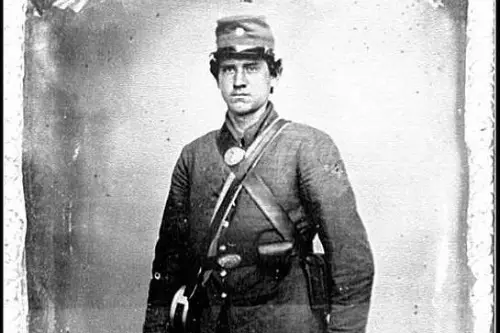
Marching was a daily reality for Civil War soldiers, who often covered 15 to 20 miles a day, sometimes more, the National Museum of Civil War Medicine reveals. They carried everything they needed on their backs: weapons, ammunition, a bedroll, a canteen, and sometimes even a week’s worth of rations. The weight of their gear could easily exceed 50 pounds.
Shoes were a constant issue, as supplies often ran out, leaving many soldiers to march barefoot over rough terrain. Blisters, sore feet, and exhaustion were constant complaints. Yet, these long marches were critical, as armies had to move quickly to gain strategic advantages or respond to enemy movements.
7. Soldiers Faced Constant Fear of Capture or Desertion
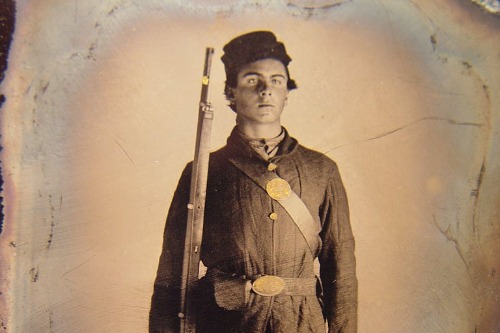
Being captured by the enemy was a grim prospect for Civil War soldiers. Prisoner-of-war camps like Andersonville in Georgia and Elmira in New York became infamous for their overcrowding, lack of food, and unsanitary conditions. Death rates in these camps were shockingly high—around 15% of all captured soldiers died from disease, starvation, or exposure.
Desertion was another challenge, particularly in the harshest conditions. Soldiers who were tired of fighting, hungry, or disillusioned with their cause sometimes slipped away from camp. Both Union and Confederate armies had strict penalties for deserters, including imprisonment, hard labor, or even execution, though the latter was rare. The fear of punishment often kept men in line, but the emotional toll of being away from home, combined with the horrors of war, tempted many to risk it.
8. Weather Was an Unforgiving Enemy
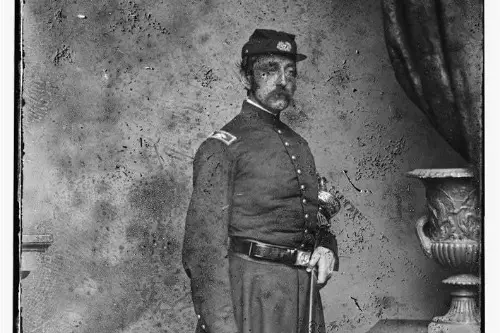
The weather was an ever-present challenge for Civil War soldiers, regardless of the season. Summers were blisteringly hot, especially in the South, where humidity made it feel unbearable. Soldiers in wool uniforms often suffered from heat exhaustion or dehydration. Winters could be just as brutal, with freezing temperatures, snow, and ice. Many soldiers lacked proper clothing or blankets, leaving them vulnerable to frostbite and hypothermia.
Rain was a particular nuisance, turning roads into muddy quagmires that bogged down soldiers and supply wagons. Trenches and camps often flooded, leading to damp conditions that exacerbated illnesses. Despite these hardships, soldiers adapted as best they could, improvising shelters, sharing resources, and relying on camaraderie to get through the worst conditions.
9. Music and Letters Were Lifelines

Music played an essential role in the lives of Civil War soldiers. Bands accompanied armies, providing morale-boosting tunes before battles or during long marches. Soldiers often sang campfire songs like “Dixie” in the South or “The Battle Hymn of the Republic” in the North. Homemade instruments like harmonicas and fiddles added to the sense of community.
Letters from home were another crucial lifeline, connecting soldiers to their families and providing a sense of normalcy. Writing materials were often scarce, so soldiers wrote on scraps of paper or reused envelopes. Receiving a letter was a treasured moment, offering comfort and motivation in the midst of hardship.
10. Spies and Guerrilla Fighters Were Always a Threat
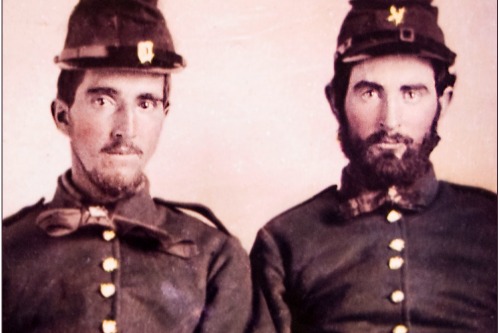
Soldiers were constantly wary of spies and guerrilla fighters, who blurred the lines between civilian and combatant. Both the Union and Confederacy relied on espionage, using disguised soldiers, civilians, and even women like Harriet Tubman and Belle Boyd to gather intelligence. The fear of being betrayed by locals added to the tension of occupying enemy territory.
Guerrilla warfare was especially common in border states like Missouri and Kentucky, where irregular fighters attacked supply lines, ambushed soldiers, and terrorized towns. These unpredictable threats made life even more dangerous for soldiers, who had to remain vigilant even when far from the battlefield.
11. Faith Was a Source of Strength and Division
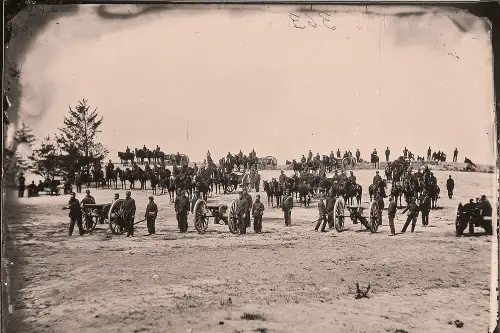
Religion played a significant role in the lives of Civil War soldiers, providing both comfort and conflict. Chaplains and traveling preachers often visited camps, leading prayer meetings and services. Soldiers turned to their faith for strength, especially during moments of doubt or fear. The Bible was one of the most commonly carried personal items, and many soldiers wrote about their spiritual struggles in letters and diaries.
However, religion could also highlight the divisions between Union and Confederate soldiers. Northern soldiers often invoked God as a champion of freedom and justice, while Southern soldiers framed their cause as a divine defense of their homeland. Despite these differences, shared moments of prayer and humanity occasionally bridged the divide, such as during Christmas truces or after battles.
12. Coming Home Was Its Own Battle
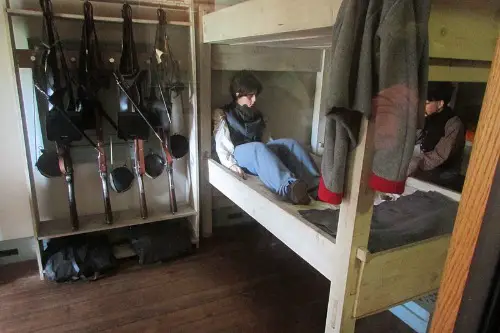
For soldiers who survived the war, returning home was often bittersweet. They faced the physical and emotional scars of combat, from amputated limbs to what we would now call post-traumatic stress disorder (PTSD). Adjusting to civilian life was challenging, especially for those who returned to communities that had been devastated by the war.
Many soldiers struggled to find work, especially in the South, where the economy had been shattered. Veterans relied on support from family and fellow soldiers, forming organizations like the Grand Army of the Republic (GAR) to advocate for their rights. The Civil War left a lasting mark on everyone who fought in it, shaping the course of their lives long after the last shot was fired.


